GET THE BEST & FINEST RANGE OF PORTABLE ELECTROCHEMICAL DEVICES
BUILDING A WORLD-CLASS ECOSYSTEM FOR ELECTROCHEMICAL APPLICATIONS!
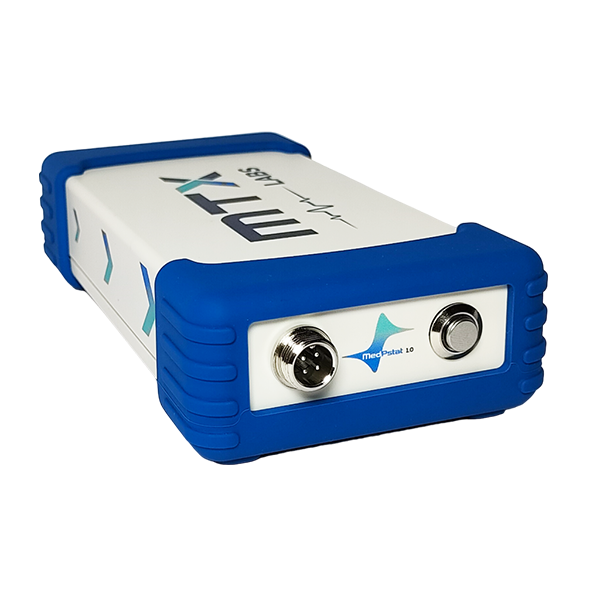
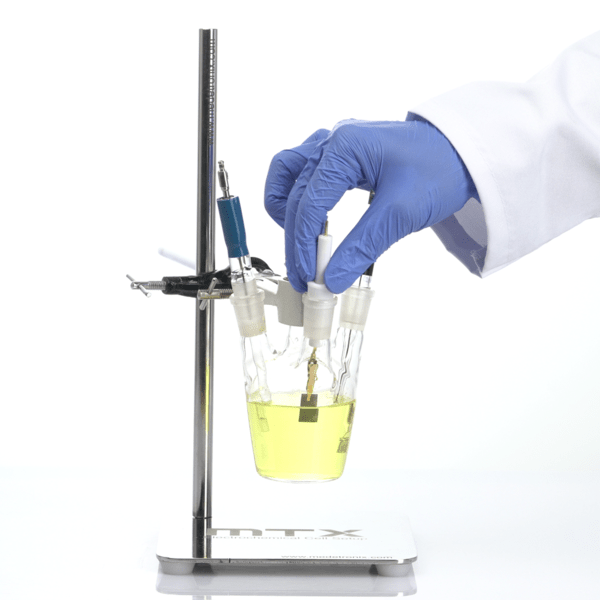
Gas Tight Conical Cell
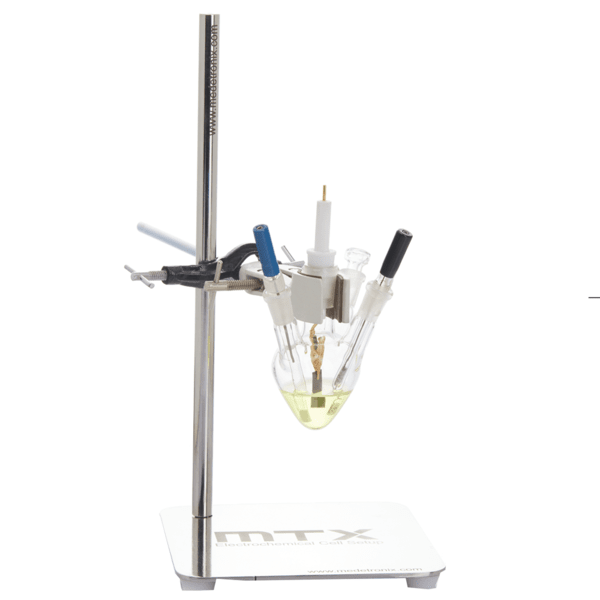
Mini Conical Gas Tight
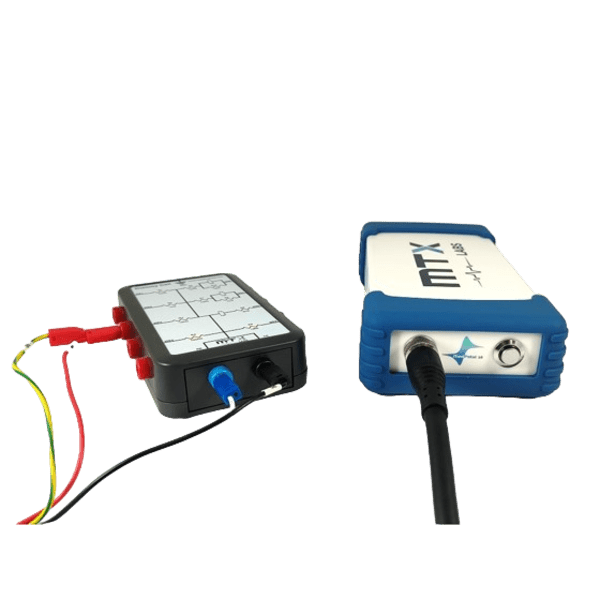
Handheld Potentiostat
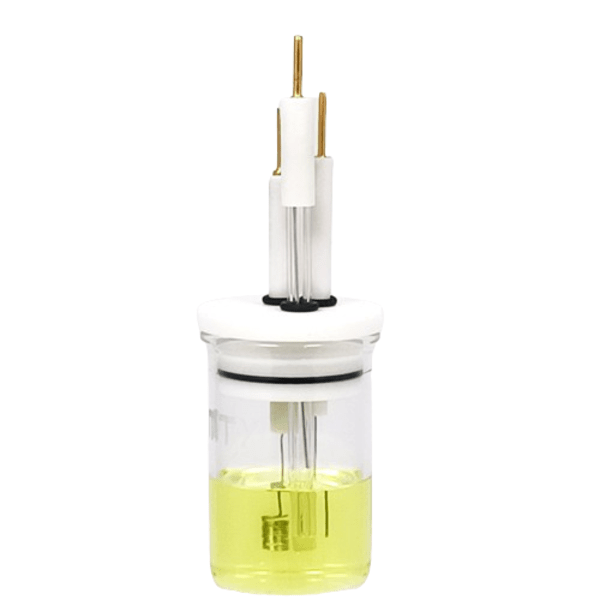
Mini Gas Tight Cell
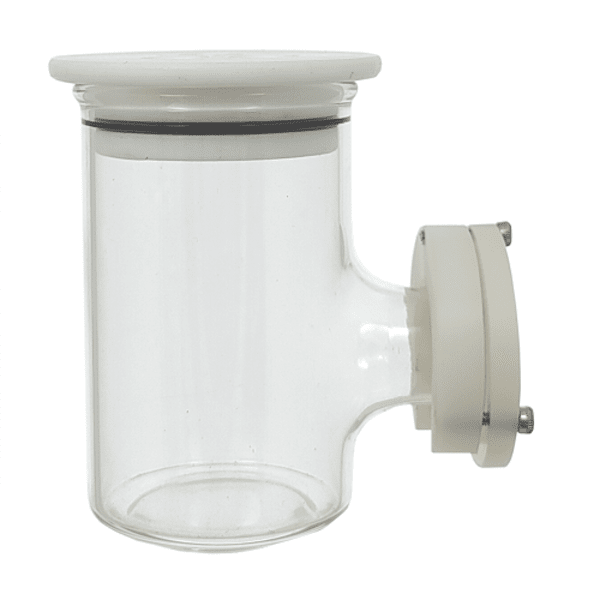
Photo-Electrochemical cell
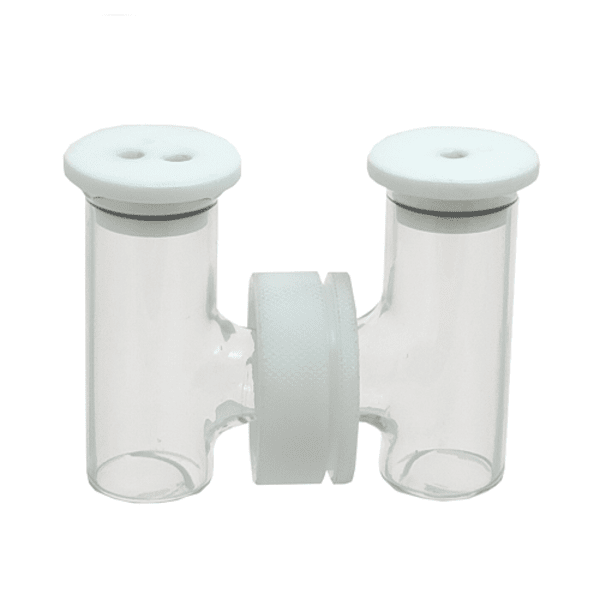
H Cell
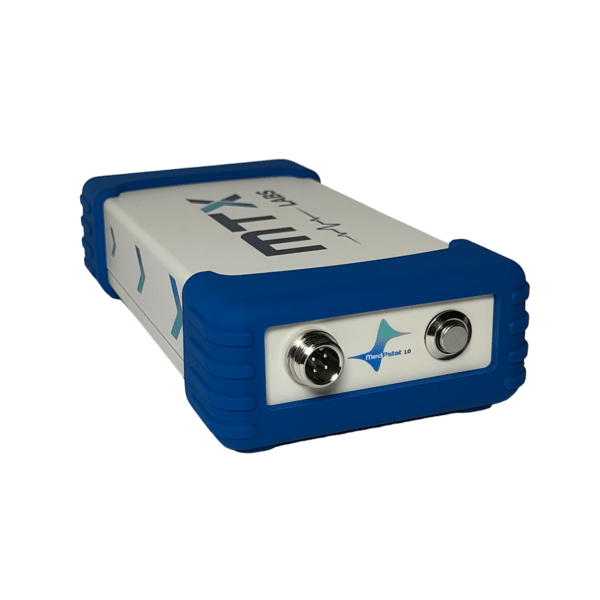
Handheld Potentiostat
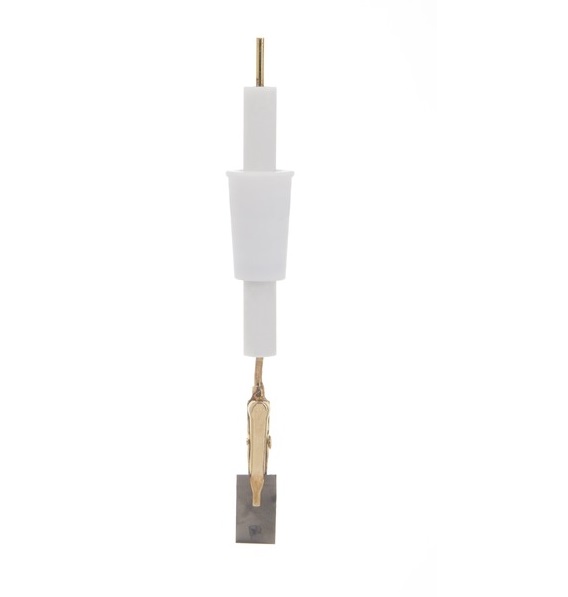
Electrode Holder
EMPOWERING OUR TOP CLIENTS

















Why choose MTX Labs
Affordability
We eliminate barriers by offering cost-effective solutions that empower scientists, researchers, and institutes of all sizes to harness the precision and efficiency of electrochemical analysis; by making them accessible to all.
High Utility
Whether for research or industrial applications, our electrochemical devices with precise measurements and rapid analyses, deliver exceptional utility for users to streamline processes and to achieve their goals effortlessly.
Portability
We provide portable devices designed for mobility, enabling you to extend your work beyond the lab. Be it in the field or in remote locations, our devices maintain the same level of accuracy and reliability as traditional benchtop instruments.
Affordability
By providing cost-effective solutions, we break down barriers to entry, enabling businesses, researchers, and organizations of all sizes to leverage the precision and efficiency of electrochemical analysis. Our devices not only deliver accurate results but also offer unparalleled value, ensuring that quality instrumentation is within reach for everyone.
High Utility
Portability
At MTX Labs, we are dedicated to deliver portable devices that are designed with mobility in mind, allowing researchers, technicians, and professionals to take their work beyond the confines of the lab. Whether in the field, on-site, or in remote locations, our devices deliver the same level of accuracy and reliability expected from traditional benchtop instruments.
Discover our how-to videos
This is what Our Customers Say!
What Our Customer Say!
Get The Finest Range Of Portable
Electrochemical Devices
Subscribe to get our monthly updates!
Selection Guide: Choose best fit for you
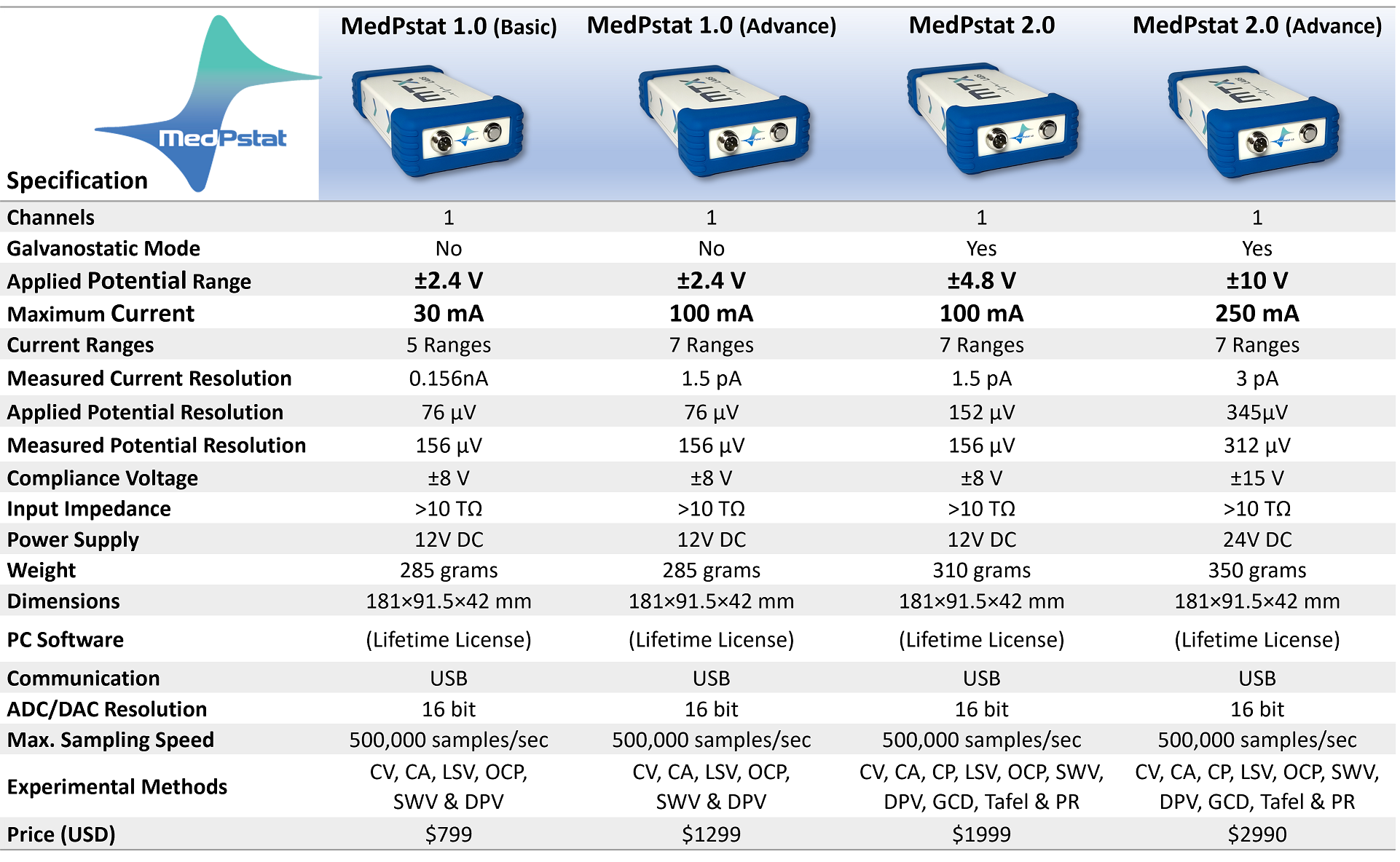
Frequently Asked Questions
Are Screen Printed Electrodes (SPE) better than Glassy carbon electrodes (GCE)?
Screen Printed Electrodes offer superior flexibility in modification and customization, making them ideal for portable sensing devices. Their minimal surface area requires only a small volume of electrolyte or analyte, simplifying experimental setups. Unlike GCEs, SPEs eliminate the need for surface polishing, streamlining the process for rapid and efficient testing.
What are the drawbacks of SPE’s when compared to GCE's?
While Screen Printed Electrodes (SPEs) offer versatility, they fall short with gas samples, and their electrode repeatability can be inconsistent. Additionally, SPEs are not suitable for bulk electrolysis, making them less ideal for certain applications compared to Glassy Carbon Electrodes (GCEs).
How are carbon / gold / platinum Screen Printed Electrodes (SPE) cleaned?
- The most common and convenient method for cleaning SPE is to use an H₂O₂ solution and perform multiple cyclic voltammetry cycles at a low sweep speed.
- Carbon-based SPE electrodes are washed with ethanol and then soaked in a 0.01 M hydrochloric acid solution.
- For cleaning gold and platinum-based SPE electrodes, the negative sweeping method is preferred, as it increases the roughness of the electrode surface.
How should the Screen Printed Electrode be dried after placing the sample?
After placing the sample in the electrode, proper adhesion is required. Drying can be done at room temperature or using an oven or UV lamps.
Does cleaning influence the performance of the Screen Printed Electrodes?
Yes, effective cleaning improves the binding properties of the materials and enhances electrochemical performance by increasing the surface area.


